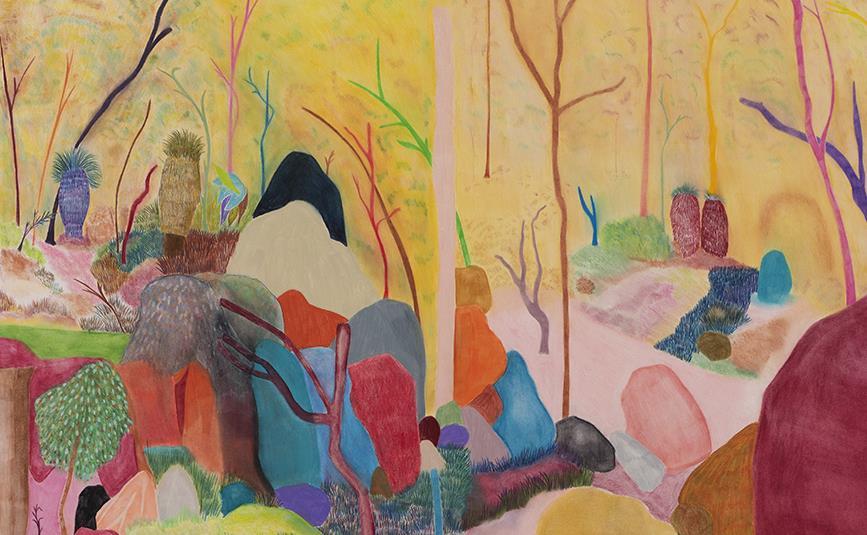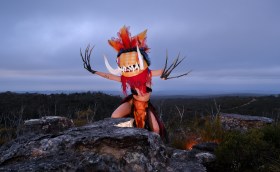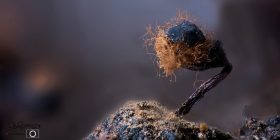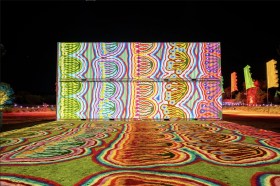It was 2015 and Ross Taylor, a UK-born artist, had just moved to Kyneton in Central Victoria shortly after the Black Hill Fire hit. The devastation caused by the disaster was the initial inspiration for his new exhibition Field notes which will be shown, in part, on the Bendigo Art Gallery’s website because of the impact COVID-19 has had on public spaces.
‘I had never seen a landscape stripped and scorched in that way and without vegetation the boulders seemed to jut out like a moonscape,’ Taylor said of his new exhibition, which is comprised of a series of colour drawings.
‘I visited Black Hill National Park daily and began documenting the land as it began to recover and reassemble, and I found that each visit would throw up something new. It prompted me to consider colour outside of its “normal” parameters as a means of describing the cycle of nature and the tensions that lie between life and death.’
Ironically the tensions between life and death are now being faced on a daily basis due to the devastating impact of COVID-19. It’s a challenging time too for Taylor and other artists whose exhibitions and gigs have been halted by the outbreak.
‘It is a particularly difficult time for artists, but we are incredibly resilient and face regular rejections and cash flow issues and still push to make our practice a priority,’ he said.
‘I am lucky that Bendigo Art Gallery and Sophie Gannon Gallery have been incredibly supportive and accommodating and we will push the show on our media platforms until it can be visited by the public when the dust has settled.’
Colouring a dry land
Taylor’s drawings use colour to define spatial relationships. If you think of arid land, burnt from bushfires, colour is the last thing that might come to mind, but Taylor’s explanation is a valid one.
‘I think that colour relationships within my work have more importance than the subject matter,’ he said. ‘Sometimes, particularly within the landscape works, I may use colour to describe light or to create a certain atmosphere, but ultimately each drawing – whether a landscape or interior – introduces itself as no more than a problem to fix.
‘I think that the palette that I work with is empathetic to the complexity of experiencing landscape, slightly disjointed and difficult. Really I just hope to be able to make the viewer work a little to digest the works fully.’
For Taylor, who is originally from Northumberland, 20 kilometres north of Newcastle in the UK, being in the Australian landscape has changed his work.
‘It wasn’t until I moved rurally to Central Victoria that I really started to appreciate the difference in the light here and how nature feels more persistent in tapping on your shoulder,’ he said. ‘Before 2015, I concentrated on producing repetitive, monochrome drawings, but being absorbed by the outdoors made me consider a more colourful and looser expression.’
In Field notes, Taylor is inspired by not only landscapes but history, people and the architecture of Central Victoria.
‘Each line of enquiry stemmed from a kind of layman’s discovery and articulation of a historical fact or attempted to celebrate facets of Central Victoria’s culture,’ he said.
‘I hope that that show offers a fresh and playful perspective on the area within a contemporary framework.’
Visit Bendigo Art Gallery to find out more about Ross Taylor’s exhibition Field notes.





